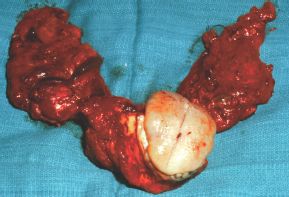FIGURE 7.1 Total glossectomy and total laryngectomy defect. Note uvula (asterisk). (Figure © Patrick J. Gullane.)
SURGICAL TECHNIQUE
A tracheostomy is performed first to control the airway. Intraoral access can be achieved through a lip split and midline mandibulotomy/mandibulectomy or a lingual release into the neck. To avoid the confusion in the literature regarding the extent of a total glossectomy, we define a “total glossectomy” as resection of the entire oral tongue and base of tongue as far posteriorly as the epiglottis (Fig. 7.2). However, in situations where a subtotal glossectomy can be performed, attempts are made to preserve the hypoglossal and superior laryngeal nerves, and as much floor of the mouth mucosa and native tongue as is oncologically sound.

FIGURE 7.2 Total glossectomy, segmental mandibulectomy, bilateral neck dissection specimen. (Figure © Patrick J. Gullane.)
Using a flexible ruler, the longitudinal dimension is measured from the mandibular symphysis to the posterior extent of the resection (base of tongue, vallecula, or supraglottic larynx), allowing for dorsal curvature of the flap. The transverse dimension is measured from mandibular arch to mandibular arch, again allowing for dorsal curvature so that the flap contacts the hard palate.
Based on the thoracoacromial artery, the pectoralis major flap can be raised as a myocutaneous or fasciocutaneous flap. The skin paddle is designed over the inferomedial aspect of the flap vasculature. In women, the skin paddle is designed medial to the breast (to minimize the incorporation of mammary tissue into the flap), and a laterally based incision is still used, which then extends inferior to the breast along the inframammary fold to connect with the skin paddle.
The skin is incised with a scalpel to minimize thermal necrosis to the skin paddle. Using the monopolar cautery, the dissection is then carried down through subcutaneous tissue to expose the lateral and inferior borders of the pectoralis major muscle. Once the pectoralis major muscle is identified, the superior and inferior skin paddle incisions can be made so that the same paddle is positioned completely over the muscle to maximize the number of musculocutaneous perforators (Fig. 7.3A and B
Stay updated, free articles. Join our Telegram channel

Full access? Get Clinical Tree


